More than ever before, homeowners today recognise the sun’s power. Solar energy, once an elusive and expensive option, is now within reach for the average consumer, thanks to various solar panel finance options. These options, including loans, leasing, and Power Purchase Agreements (PPAs), allow individuals and families to harness the sun’s energy, reduce their carbon footprint, and save energy bills significantly. But how do they work? Let’s illuminate the path to affordable green energy.
Key Takeaways
- Several solar panel financing options are available to homeowners, including loans, leases, and Power Purchase Agreements (PPAs), each with its terms and potential benefits.
- The cost of solar panel systems varies depending on factors like system size and installation fees, and there are different payment options, including full upfront payment, monthly payments, and interest-free finance.
- Solar panel installation offers financial and environmental benefits, such as reducing electricity bills, earning savings, and lowering carbon footprints, helping to work towards a sustainable, Net Zero future.
Financing Your Solar Panel System
Renewable energy is an investment. While the benefits are substantial, the initial cost of solar panels may seem prohibitive to many homeowners. However, solar panel financing schemes have made these green energy solutions more accessible. Various options include solar panel loans, leasing, and Power Purchase Agreements (PPAs). Each option has its advantages and potential downsides; understanding them is the first step toward harnessing your own renewable energy.
Solar panel loans
Solar panel loans are a popular choice among various solar panel finance options that allow homeowners to spread the cost of solar panels over a predetermined timeframe. They operate similarly to other instalment loans, necessitating a commitment to repay the borrowed sum and interest. Several well-known companies, including Mosaic and Sunlight Financial, offer affordable solar panel loans, with interest rates typically ranging from 4% to 7%.
Interestingly, even those with a lower credit score could qualify for a solar panel loan, as certain lenders consider factors beyond FICO scores for eligibility.
Leasing solar panels
Leasing solar panels is another viable option, particularly for those who prefer lower upfront costs. Under a lease agreement, the solar provider installs and maintains the panels on the homeowner’s premises, and the homeowner agrees to pay a monthly fee for the duration of the lease, typically 20 to 25 years. This arrangement allows homeowners to benefit from the utility bill savings and environmental benefits of solar energy without the commitment of ownership. But bear in mind that leasing could lead to higher costs in the long run than buying the panels outright.
Power Purchase Agreements (PPAs)
Power Purchase Agreements (PPAs) offer a unique approach to solar panel financing. Under a PPA, the solar provider installs the panels and sells the electricity generated by these panels to the homeowner at a prearranged rate. This arrangement typically spans 10-25 years and enables the homeowner to pay for their solar energy rather than the panels themselves.
PPAs provide immediate reductions in energy costs and do not require upfront capital, making them a viable option for homeowners seeking to switch to solar energy.
Understanding Solar Panel Costs
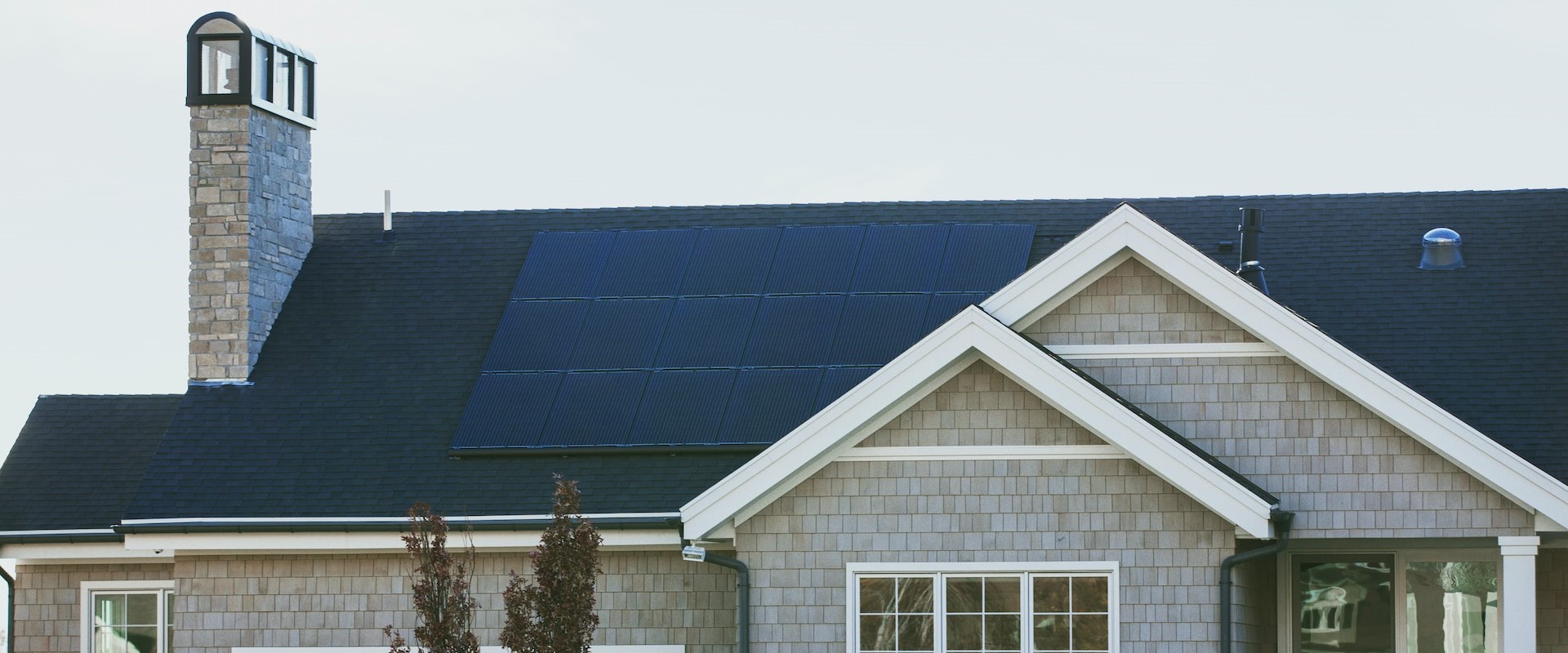
While solar panels have become more accessible thanks to financing options, it’s key to grasp the costs involved. The cost of a solar panel system is influenced by various factors, including the capacity and number of panels and installation fees. Interestingly, the price does not increase proportionally based solely on the number of panels.
The quoted price for solar panel installation is all-inclusive, ensuring transparency and eliminating hidden costs. We will now explore these cost factors in greater detail.
System size and cost
The size and capacity of a solar panel system directly impacts its cost. Larger systems produce more electricity, which leads to higher installation costs. For example, a one-bedroom house might need roughly six solar panels, whereas a three-bedroom house could require about 10 panels.
Additionally, larger systems entail increased initial panel costs and potential outlays for solar batteries.
Installation fees
The quoted price for solar panels includes installation fees, meaning no hidden costs will spring up on you. These fees cover all necessary components for setup, including scaffolding, inverters, and solar PV panels.
These installation fees vary significantly depending on the region or country, but any variations are clearly outlined and included in the quoted price.
Potential savings
Investing in a solar panel system can lead to substantial savings on energy bills. Larger solar arrays can generate more electricity, leading to more significant savings. For example, a standard 5 kW residential solar system can save approximately £100 to £150 monthly on electric bills.
Several key factors, including local electricity prices, available incentives such as tax credits and rebates, and the efficiency and technology of the panels can influence the potential savings from solar panels.
Solar Panel Payment Options
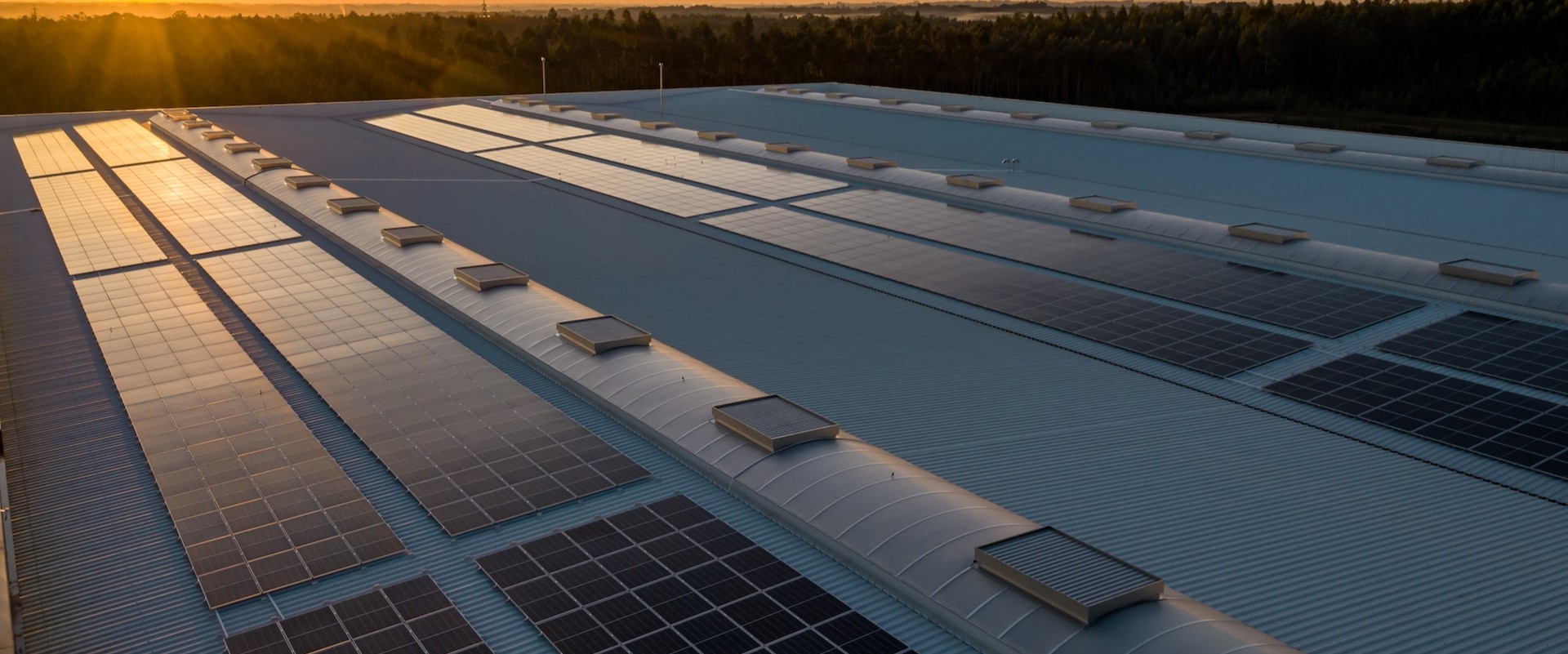
After you’ve selected a financing method and grasped the costs, the next step is to ponder on payment methods for your solar panel installation. From paying in full to making manageable monthly payments or opting for interest-free finance options, there are numerous ways to cover the costs of your new solar panel system.
Paying in full
Paying your solar panel system in full offers immediate ownership without needing credit checks or incurring interest. The cost of solar panels typically ranges from £2,800 to £8,000, depending on the size of the system.
Although this method necessitates a hefty upfront payment, it has the benefit of lowering energy bills and increasing total savings.
Deposits and manageable monthly payments
Deposits are a common practice in the solar industry due to the high cost of solar equipment. The specific deposit amounts can vary significantly, typically from a few thousand dollars to several thousand pounds.
Once the deposit is made, the remaining cost can be divided into manageable monthly payments, rendering solar panels a practical choice for numerous homeowners.
Interest-free finance options
Interest-free finance options enable homeowners to distribute the installation costs into manageable monthly payments without incurring extra interest fees. An illustration for solar panel systems would involve:
- Cash price: £6,000
- Total amount of credit: £6,000
- Duration: 60 months
- Interest rate: 0% fixed annual rate of interest
- Representative APR
When incorporating a solar battery, the interest-free finance option may appear as £68.31 per month over 5 years.
Adding Battery Storage to Your Solar System
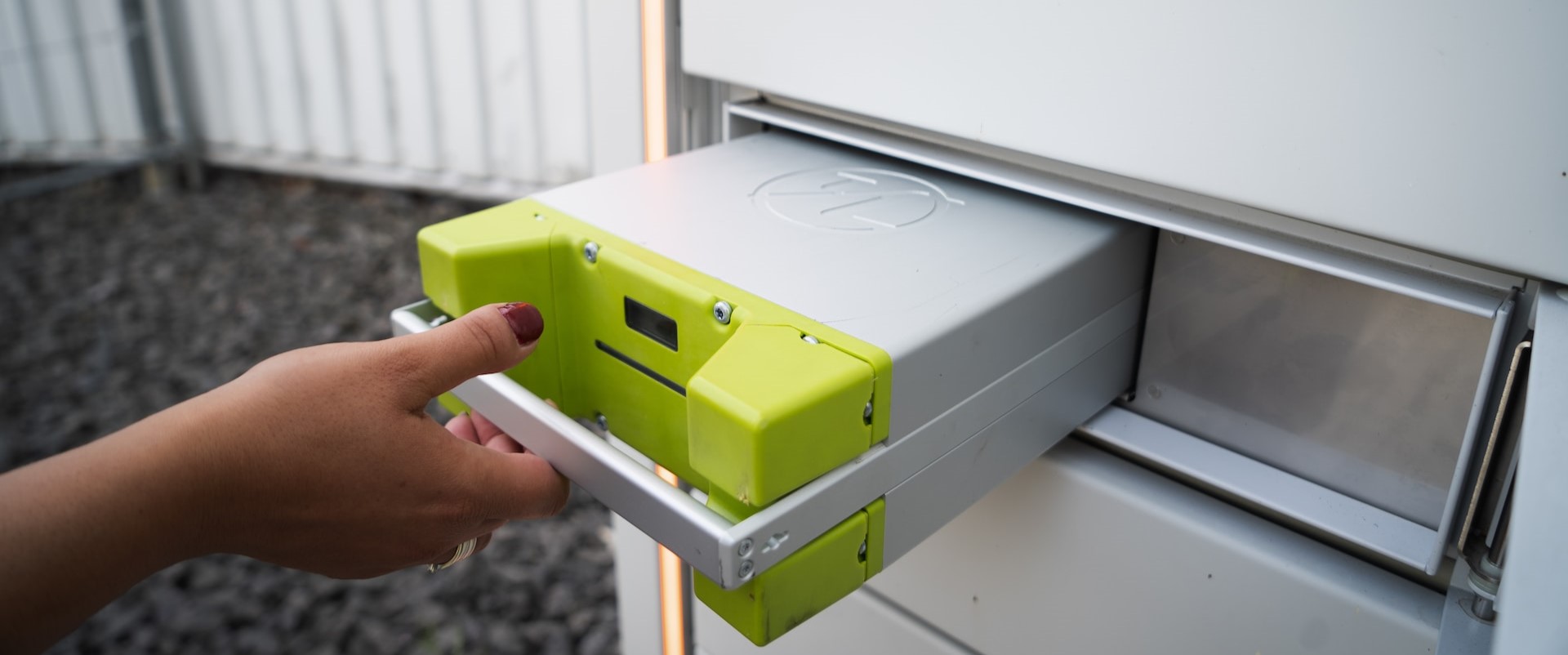
Integrating battery storage into your solar system could further boost its efficiency and potential for savings. While adding a solar battery to your system increases the initial cost, it also allows you to store excess energy during peak hours or power outages, increasing the system’s overall efficiency and cost-effectiveness.
Solar battery costs
The typical pricing range for solar batteries is between £2,500 and £4,500. The size of your solar system directly impacts the cost of solar batteries. Larger systems necessitate batteries with higher capacity to store more energy, typically leading to a higher price.
The pricing of solar batteries is influenced by factors such as capacity, battery type, type of solar inverter, labour, and incentives.
Savings with a solar battery
A solar battery can result in an estimated cost savings of approximately £669 annually for a standard three-bedroom household. This is achieved by storing surplus electricity generated during peak sunlight hours and utilizing it during periods when solar panels are not generating sufficient energy.
This allows you to maximize the utilization of your solar energy and augment your potential cost savings.
Eligibility for Solar Panel Financing
Certain eligibility criteria must be met before locking down financing for your solar panel system. These typically include meeting specific credit status requirements and agreeing to the terms and conditions established by the financing provider.
Credit status
A favourable credit score of at least 660 is typically required to be eligible for solar panel financing. However, the specific minimum credit score may differ among lenders, with certain lenders stipulating a minimum score of 580. Even if your credit score is lower, some lenders do not rely solely on FICO scores for determining eligibility, providing an opportunity for individuals with a lower credit score to secure solar financing.
Terms and conditions
The terms and conditions for solar panel financing usually encompass the terms of sale, delivery, and installation and the specific details of the purchase agreement between the provider and UK solar panel customers.
These terms and conditions can greatly differ based on the provider, such as Creation Consumer Finance Limited. Hence, a thorough review is recommended before proceeding with financing.
Maximising Savings with Solar Energy Packages
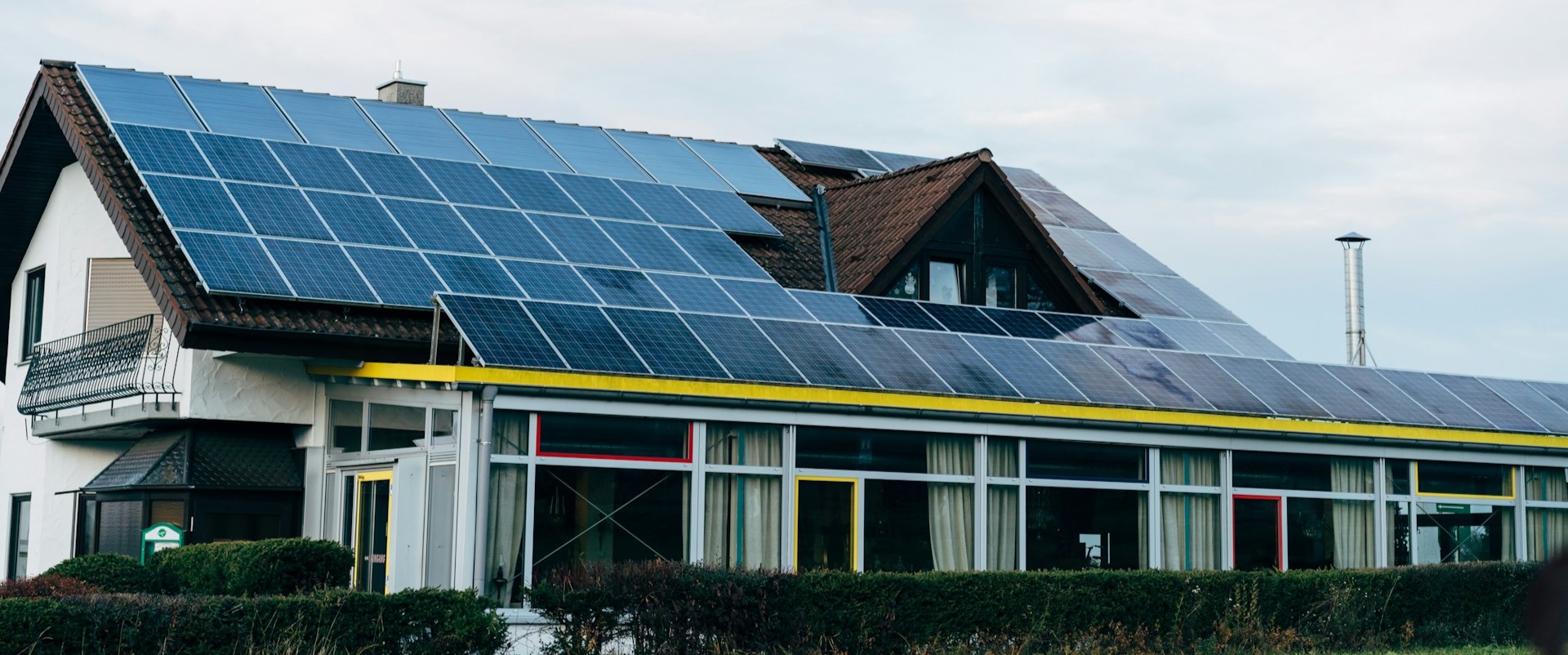
Selecting a suitable solar energy package can substantially increase your savings. Different packages offer different benefits and potential savings; understanding these options can help you make an informed decision.
Package options
There are various solar panel systems and battery storage packages available to homeowners. These range from basic packages to more comprehensive ones that include additional features such as monitoring and maintenance services. Your choice of package will depend on your specific needs and budget.
Comparing savings
Potential savings can be compared across different systems and packages to help you make an informed decision. Factors such as local electricity prices, available incentives such as tax credits and rebates, and the efficiency and technology of the panels all influence potential savings.
Comparing these factors can help you choose a package that maximises your savings.
The Solar Journey: From Installation to Monitoring
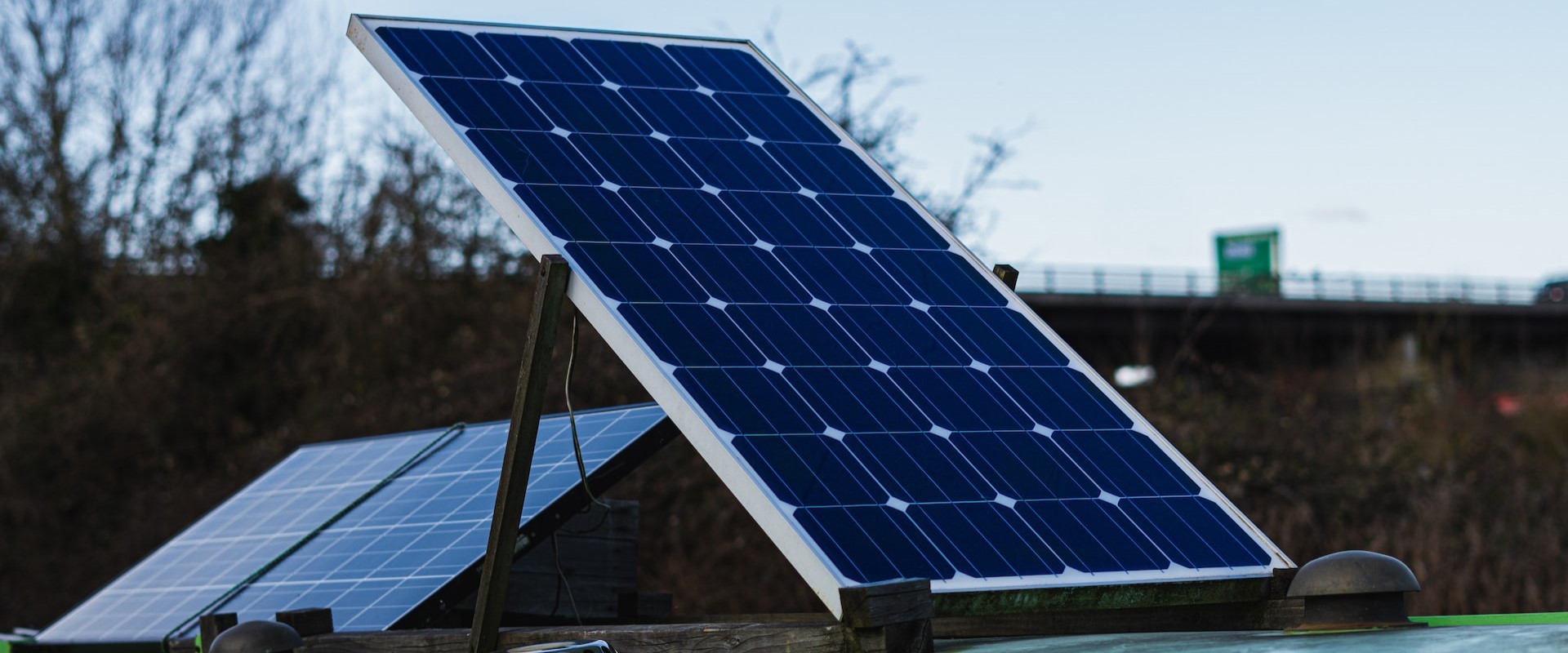
Installing solar panels is just the beginning of your solar journey. After installing your system, monitoring its performance and regular maintenance is key to ensuring its efficient operation.
Installation timeline
The installation of solar panels typically requires a timeframe of 5 to 10 weeks. This includes the site evaluation, the physical installation of the panels, and the utility and government inspection.
The installation of the panels is the quickest part of the process and can usually be completed in just a few days.
Monitoring and controlling your solar system
Monitoring your solar system is crucial for optimizing its performance. This can be achieved by using a solar monitor, which captures data from your system’s inverters. This data can be accessed through hardware connected to your solar array, an internet connection, and compatible software such as a mobile app or web portal.
Maintenance and upkeep
Routine maintenance is necessary to guarantee the effective functioning of your solar panel system. This includes periodic rinsing of the panels to remove dirt or dust and ensuring that adjacent trees do not cast shadows on the panels.
Fortunately, solar panels require minimal maintenance, making upkeep easy and straightforward.
Reducing Your Carbon Footprint with Solar Energy
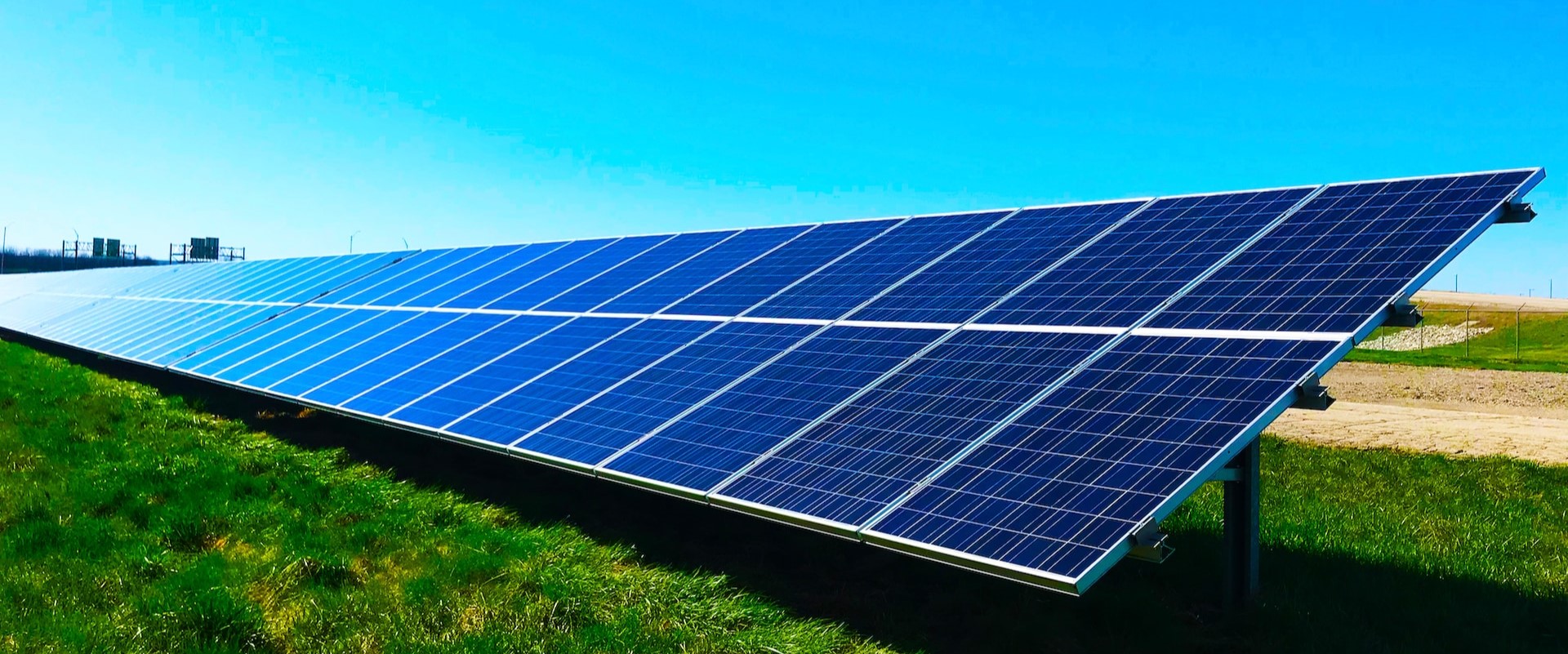
Beyond the financial benefits, solar energy can significantly reduce your carbon footprint. Substituting traditional energy sources with solar energy allows you to significantly lower greenhouse gas emissions and fight climate change.
Environmental impact
Solar energy offers numerous environmental benefits. Reducing greenhouse gas emissions enhances air quality and mitigates respiratory and cardiovascular health issues. An average solar panel system can reduce almost a tonne of CO2 pollution yearly, helping us tread more lightly on our planet.
Net Zero future
Solar energy plays a significant role in achieving a Net Zero future. By reducing carbon dioxide emissions and decreasing our overall carbon footprint, solar energy helps us balance the carbon we emit with the carbon we remove from the atmosphere, leading us towards a sustainable, Net Zero future.
Summary
Solar energy is no longer a far-off dream for the average homeowner. Thanks to various solar panel financing options, it’s now an accessible solution for reducing energy bills and carbon footprints. From understanding the costs and choosing the right financing option to monitoring your system and reaping the environmental benefits, the journey towards greener energy is within reach. Harness the sun’s power and step towards a brighter, more sustainable future.
Frequently Asked Questions
Can you get solar on finance?
Yes, getting solar on finance allows you to spread the cost into manageable monthly payments, making it more affordable. You can borrow various amounts and spread the cost over a certain period with a fixed APR, like 7.9%.
Is there financial help to install solar panels?
Yes, the ECO4 and LA Flex programs provide financial incentives to offset the cost of installing solar panels, making them more affordable for homeowners and businesses. These programs aim to help reduce energy bills, increase property value, and lessen environmental impact.
How many solar panels do I need for a 4-bedroom house?
Depending on factors like energy consumption and panel efficiency, you will need approximately 20 to 24 solar panels for a 4-bedroom house.
How does the size of a solar panel system affect its cost?
The size of a solar panel system directly affects its cost, as larger systems result in higher installation costs due to their increased electricity production.
What are the advantages of adding a solar battery to my solar system?
Adding a solar battery to your system allows you to store excess energy during peak hours or power outages, increasing efficiency and cost-effectiveness. This can help you save money and maintain power during outages.
